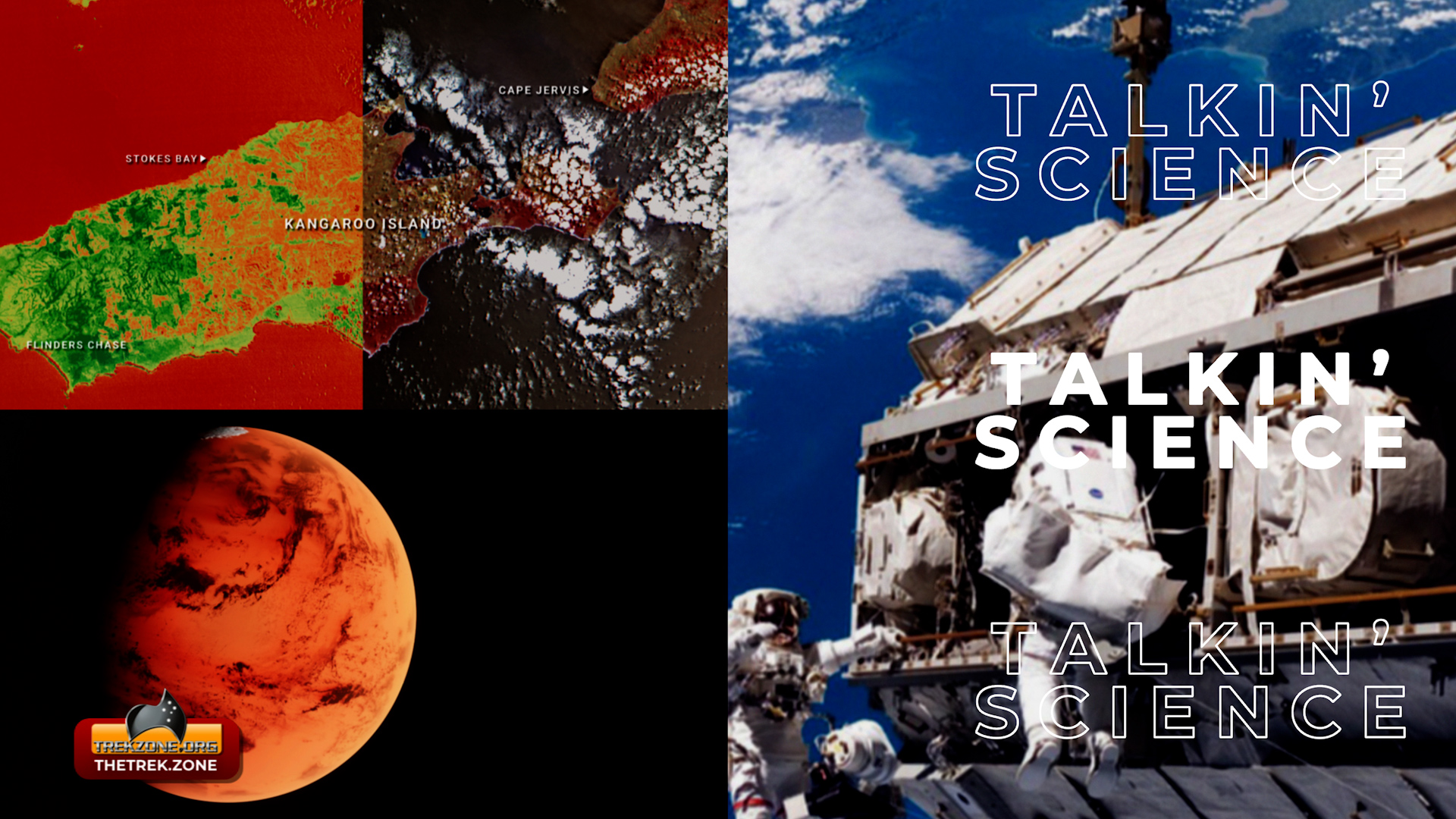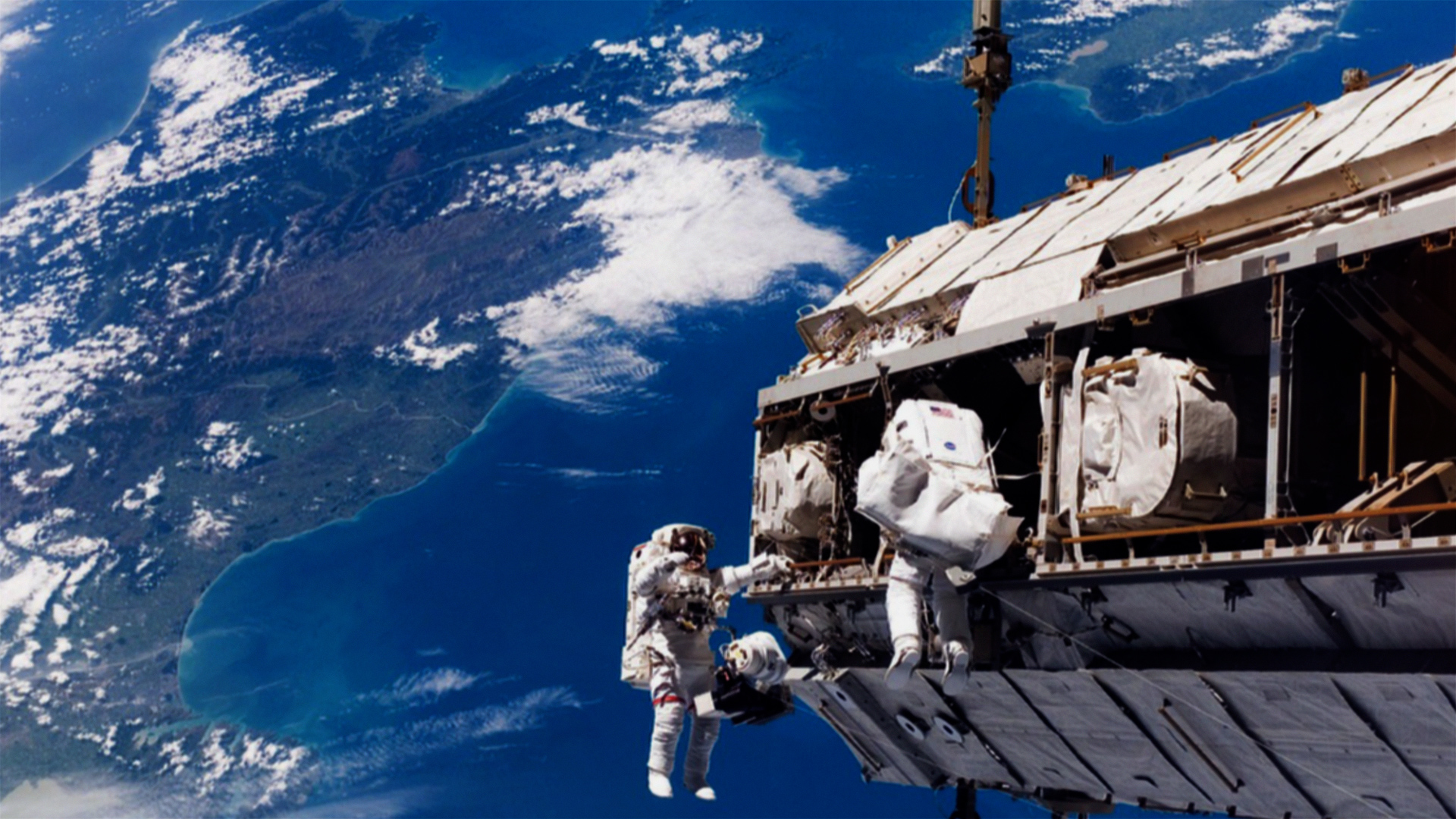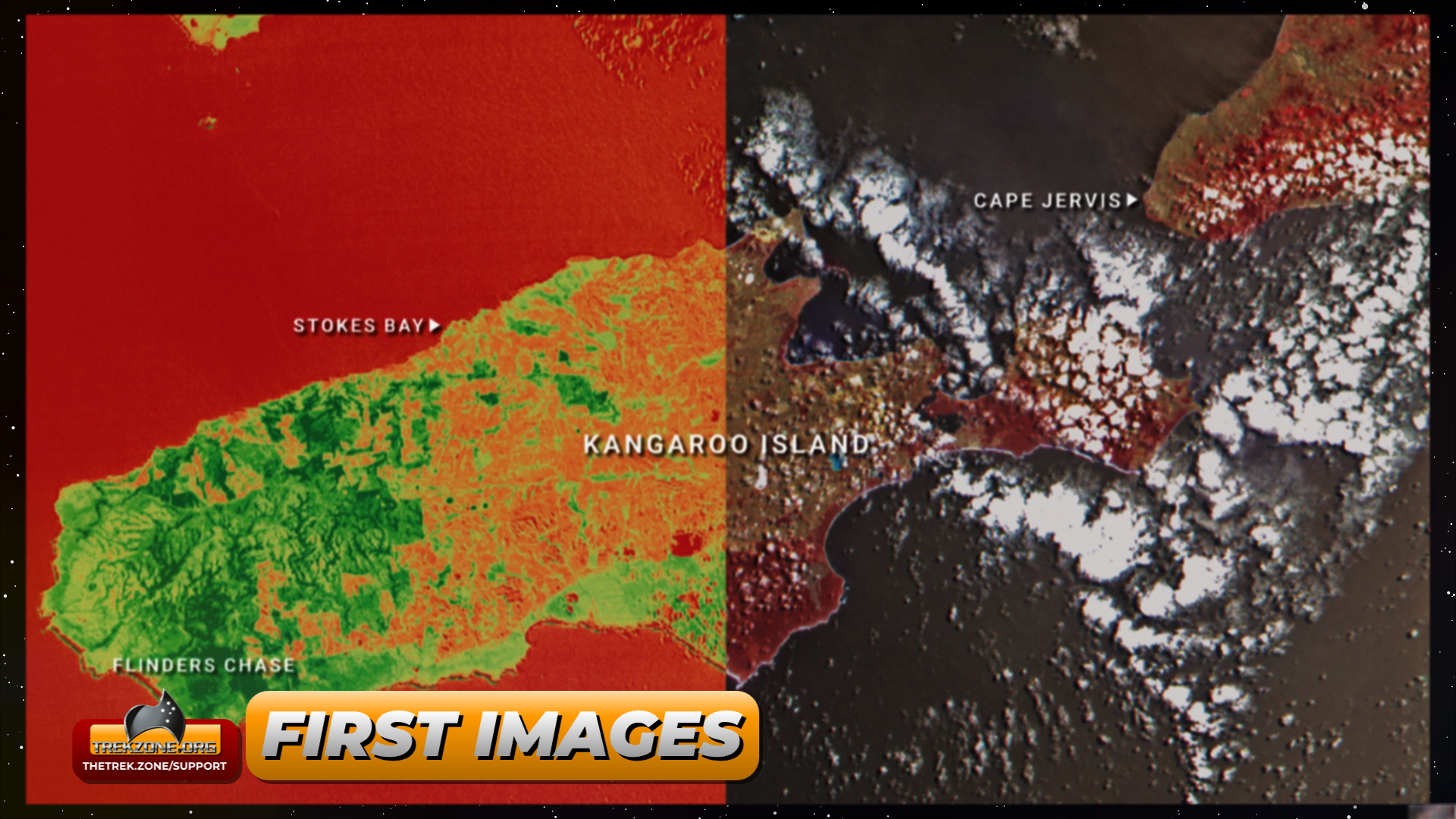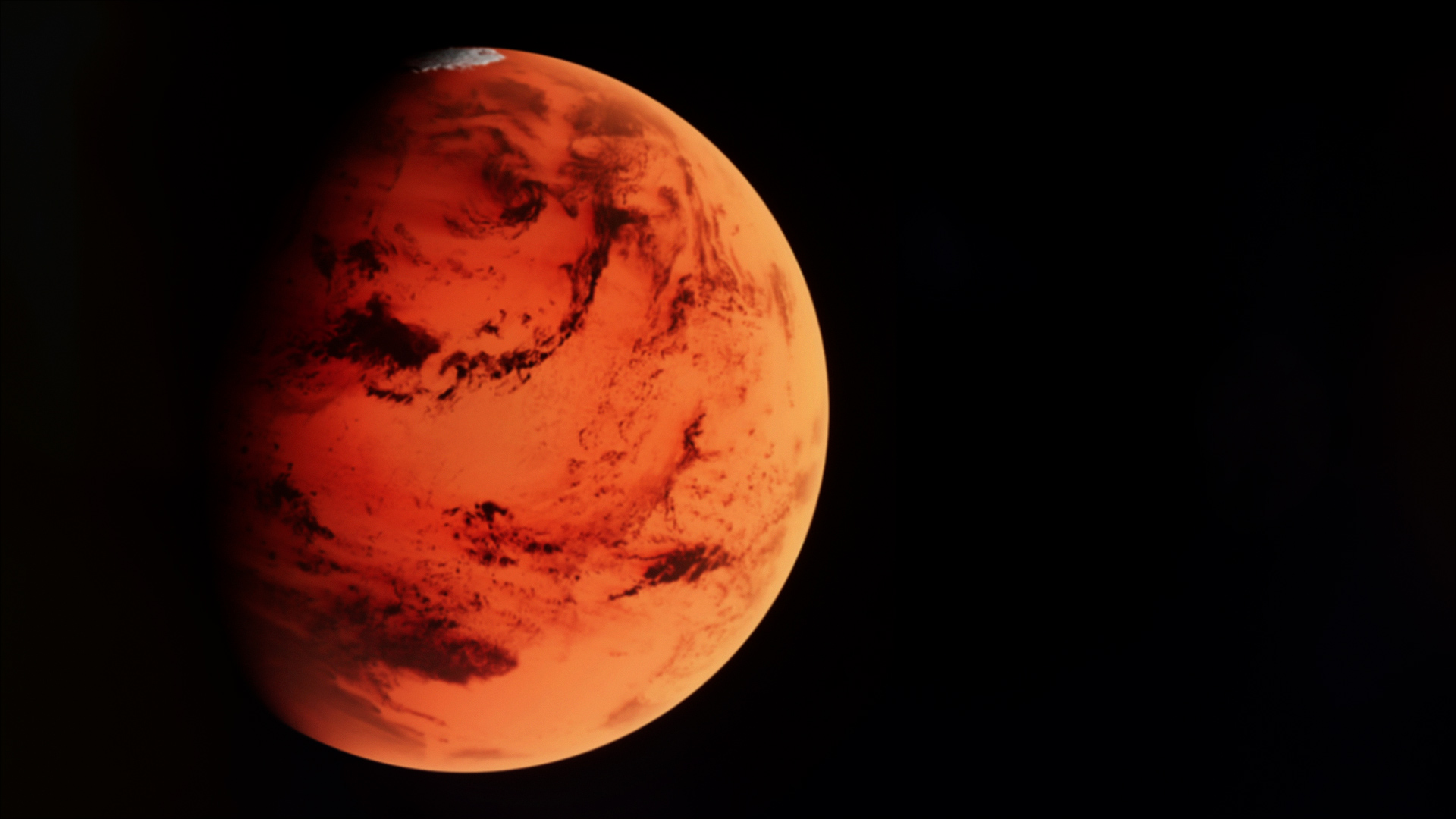
A Hungry Black Hole as Rocketlabs Fails To Launch
Astronomers are being kept busy by new research into black holes and exomoons as Rocketlabs – the US based company aiming to provide fast and reliable access to space – fails to launch again.

Astronomers are being kept busy by new research into black holes and exomoons as Rocketlabs – the US based company aiming to provide fast and reliable access to space – fails to launch again.

It’s Aussie Space Month all July (2020) here on Trekzone, and we’re kicking things off with Dr Jason Held having A Trekzone Conversation about his companies government contract to build our own mission control centre.

It’s time to produce live the uncut edition of Talkin’ Science. Catch up on our stories including Pluto’s potential ‘hot start’, some impressive black hole discoveries and the exoplanet spotted around baby star “AU Mic.”

NASA’s Transiting Exoplanet Survey Satellite (TESS) has made a remarkable discovery while studying the baby star “AU Mic” – it has an exoplanet about the same distance as Neptune is from our star.

While LIGO and Virgo are detecting gravitational waves of a black hole potentially swallowing a tiny neighbouring object, astronomers have spotted the biggest quasar way out in the depths of the early universe.

At the beginning of the solar system Pluto may have been bombarded by rocky material in much the same way as the inner planets. That means, according to researchers, there may be an ocean locked away under the surface…

While Pluto potentially has an ocean buried deep below the surface, some incredible discoveries have been made in black hole research and the TESS satellite has spotted an exoplanet orbiting a baby star.

Nick Cook is helping us continue an impromptu dive into our oft-recurring sub-series of our podcast.. Fan Films Done Right.

While the southern hemisphere was enjoying the winter solstice a bunch of Aussies got together to attempt a world record for measuring light pollution – it’s this week’s final Talkin’ Science story of the week…

SpaceX’s Starlink has put the call out for members of the public to test their network but the catch is only folks in the far northern hemisphere have access, but the speeds potentially on offer are astronomical..

New research has indicated there may be up to thirty six alien civilisations 8n the galaxy right now. Dr Brad and Matt discuss in this Talkin Science Story of the Week.

New research indicates that there may be up to 36 intelligent civilisations in the Milky Way right now, as Starlink opens its doors for initial trials and some Aussies were part of a world record attempt to measure light pollution.

Dreadnought Dominion’s executive producer and lead actor Gary Davis swings past Trekzone once again to update us on his teams latest Star Trek fan film offerings.

It’s time for another installment of Talkin’ Science uncut, produced live. Experience the stories of the week in full with our feature length edition of Talkin’ Science.

Last weekend was a busy one for low Earth orbit. Three private companies attempted to launch three separate rockets into orbit – and while only SpaceX & Rocket Lab were successful, the Japanese attempt marked a step forward in their endeavour.

Another Fast Radio Burst has piqued the interest of astronomers with it’s 157 day repeating pattern. It’s today’s Talkin’ Science story of the week.
61 days to go until The 2025 Trekzone Fan Film Awards are here, and we

It’s the end of the third week of March 2025. Here’s the science and space

Astronauts often experience immune dysfunction, skin rashes, and other inflammatory conditions while travelling in space, and international researchers believe these issues are likely due to the overly sterile nature of the International Space Station.

Australia’s first state government funded satellite, Kanyini, has delivered its first images from space, marking

Data from NASA’s InSight mission suggest Mars has a liquid core similar to Earth’s, but European scientists say the core may be solid, at least below a certain temperature.

Scientists have successfully used lasers to identify microbe fossils in rocks from Earth, which are like the rocks found on Mars, opening up the possibility of searching for fossils on the Red Planet.

We’re bold, innovative and ambitious digital media creators,
consumers and producers.
We are Trekzone Media.
This is TREKZONE.org.
61 days to go until The 2025 Trekzone Fan Film Awards are here, and we have reached an important milestone plus more news and thoughts.

It’s the end of the third week of March 2025. Here’s the science and space headlines from the week that was… Kanyini phones home, shows

Astronauts often experience immune dysfunction, skin rashes, and other inflammatory conditions while travelling in space, and international researchers believe these issues are likely due to the overly sterile nature of the International Space Station.

Australia’s first state government funded satellite, Kanyini, has delivered its first images from space, marking a significant milestone for the space mission. Mission Director Peter

Data from NASA’s InSight mission suggest Mars has a liquid core similar to Earth’s, but European scientists say the core may be solid, at least below a certain temperature.

Scientists have successfully used lasers to identify microbe fossils in rocks from Earth, which are like the rocks found on Mars, opening up the possibility of searching for fossils on the Red Planet.
© Trekzone Media MMXXV. All Rights Reserved.
The views and opinions expressed by guests on our podcasts are their own and do not necessarily reflect those of Trekzone Media or its employees.